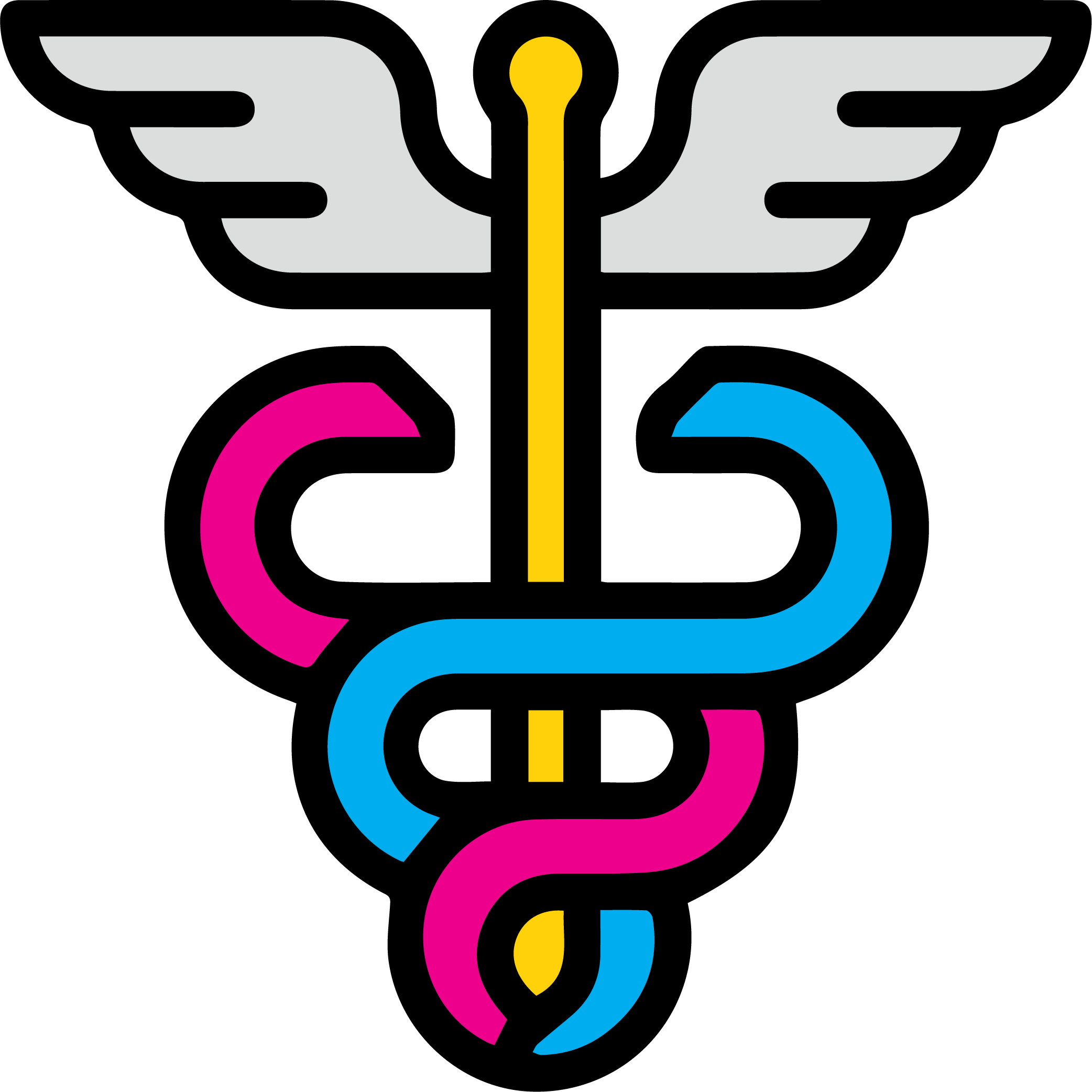
If your IT department scaled rapidly or without a clear action plan in place, you're likely fighting to break out of a disorganized legacy system.
Many technical teams fall into the risky break-fix working model: patching holes as they arise or firefighting to resolve unexpected issues. IT Help desk services are no exception, especially as your business grows.
Perhaps your existing team isn't the right fit for your help desk needs, or you're struggling to add well-qualified employees to your roster. Maybe your software or hardware tools are in desperate need of an upgrade, or the processes you've leaned on for the last ten years simply aren't working anymore.
No matter what factors got you here, you need a way to ensure your help desk can support your IT teams and keep operations running smoothly, so tickets don't end up in a lengthy backlog.
In this post, we'll share four ways to optimize your IT help desk services, give your employees a leg up on incoming requests, and keep up with technology advancements.
1. Staff your teams efficiently and effectively.
Your help desk is only as effective as the IT staff behind it. If new employees aren't well-vetted, or their expertise doesn't align with your department's daily needs, you'll likely find yourself scrambling to close critical staffing gaps.
On top of that, you need to balance staffing with influxes in demand. Keep in mind that the more full-time staff you hire, the more complex your management processes will need to become.
So what's the best way to ensure you hire the right people with the right expertise, without over encumbering IT managers or blowing through your hiring budget in Q1?
For starters, don't leave hiring decisions in the hands of an external recruiter who's just looking to fill positions quickly, or even a C-level stakeholder who may not understand the intricacies of your technology systems. Instead, involve your boots-on-the-ground IT employees in the hiring process. Give essential team members an opportunity to weigh in on:
- Current department bandwidth vs. average help desk demand
- Critical skill gaps in your current workforce
- The best ways to onboard new team members
Letting the individuals who know the ins and outs of daily tasks inform your recruiting and evaluation strategy will ensure you hire ideal candidates who will make a real impact in your organization.
This collaborative approach also increases visibility between executives, stakeholders, and services teams, which opens the door for ongoing conversations about efficiency and potential opportunities for process improvement.
2. Make training an ongoing priority.
As you start improving your hiring process, you may question the level of expertise each new hire needs to be successful. Generally, hiring managers will recruit a healthy mix of IT generalists and niche experts to fill skill gaps or manage specialized projects internally.
However, no matter how experienced your IT staff is, they'll need ongoing training opportunities to stay on top of their game and keep up with emerging technologies.
The truth is organizations that don’t constantly invest in new training fall behind the curve. They're forced to operate on outdated platforms and leave your organization exposed to emerging cybersecurity threats like ransomware.
Instead of waiting for a devasting breach or network failure to start new training initiatives, offer proactive training opportunities. Look for a mix of technology-specific learning like Microsoft or Google IT certifications and general best-practice training for IT staff.
You can even incentivize employees to get certified or participate in continuing education. By investing back into your employees and giving them the flexibility they need to complete training during work hours, you increase participation rates and support an effective training model.
3. Adopt standard tools and processes.
Most process inefficiencies stem from two primary sources: insufficient technologies or internal misalignment. And as you look to optimize your help desk services, you need to solve for both.
First and foremost, you should implement a reliable ticketing system and Remote Monitoring & Management (RMM) tool to promote effective communication and collaboration. Even if you have an existing system in place, conduct internal evaluations on a routine basis to ensure the systems you adopted for a team of two still work for a team of ten.
As you standardize toolsets, don't forget to consider the hardware you use internally. More often than not, teams tend to fall into a pattern of prioritizing individual preference over usability.
For example, if you give each new hire their choice of computer, or allow employees to choose between a Mac or PC, you'll end up creating extra work for your IT staff and running into compatibility concerns down the line.
Hardware standardization – supplying every team member with the exact same equipment – simplifies management, streamlines training, and prevents teams from having to run costly parallels for disparate products.
Once you have a comprehensive, up-to-date operating system in place, it's time to establish best practices and clear standards across your entire team. Standard naming conventions, ticketing processes, and communication guidelines promote consistency across your team and keep everyone on the same page.
4. Call in outside support when you need it.
While you need certain specialists and technical experts in-house, it rarely makes sense to hire a full-time staff member for a one-time project.
If you're tackling a single implementation or project rollout, consider working with a managed IT partner or consultant that can support your internal teams. Rather than investing in recruiting, onboarding, and a recurring salary, you can contract outside talent to:
- Implement the new solution
- Bring your internal teams up to speed
- Offer training for key maintenance processes
This approach boosts internal morale and reduces your team's workload. It also puts a fresh set of eyes on your internal help desk services and pre-established processes.
The most effective IT partner will bring years of expertise to the table, which means they can recommend business applications and optimization strategies with a measured track record of success.
Plus, they'll monitor the latest industry and technology trends to help educate your teams and your staff on the latest tools, processes, and best practices. They can also help manage solution deployments across your teams, effectively reducing the volume of post-launch tickets for internal help desk services.
-
At UBEO, we leverage the power of technology integrations and next-level support services to break down process inefficiencies and develop custom-tailored solutions designed around your unique needs.
Our Managed IT experts work as an extension of your internal teams to optimize processes, introduce high-value solutions, and give your department the resources it needs to be successful.
Contact our team today to see how we can support your help desk operations.
Caleb Hansen
Caleb supports and manages a great team that implements enterprise software solutions and delivers Managed IT Services. The team has expert knowledge of our products and services which include Canon, Ricoh, HP, uniFLOW, PaperCut, Laserfiche, and more. Our goal is to provide technical support with uncommonly great...


